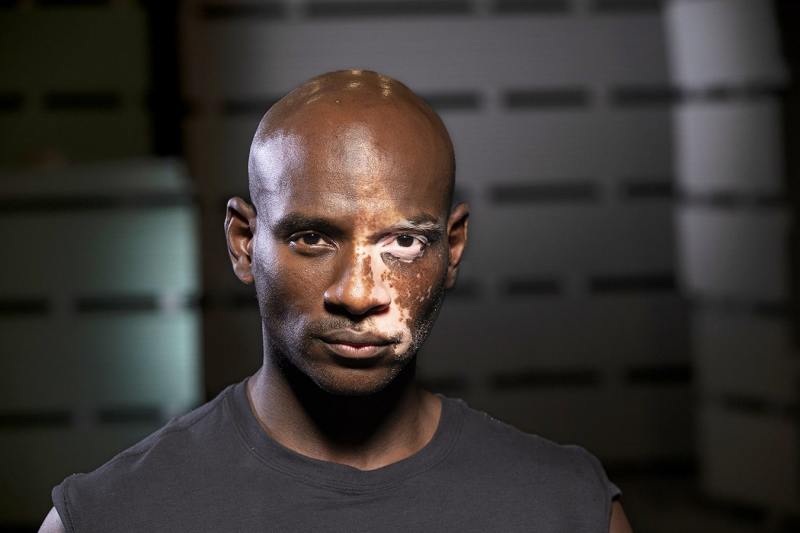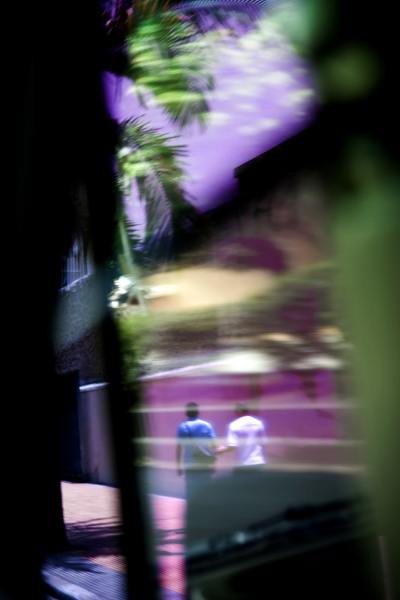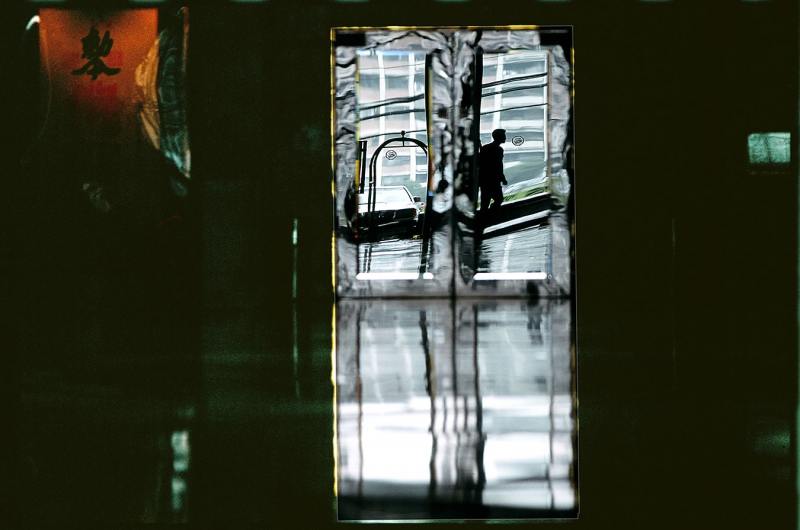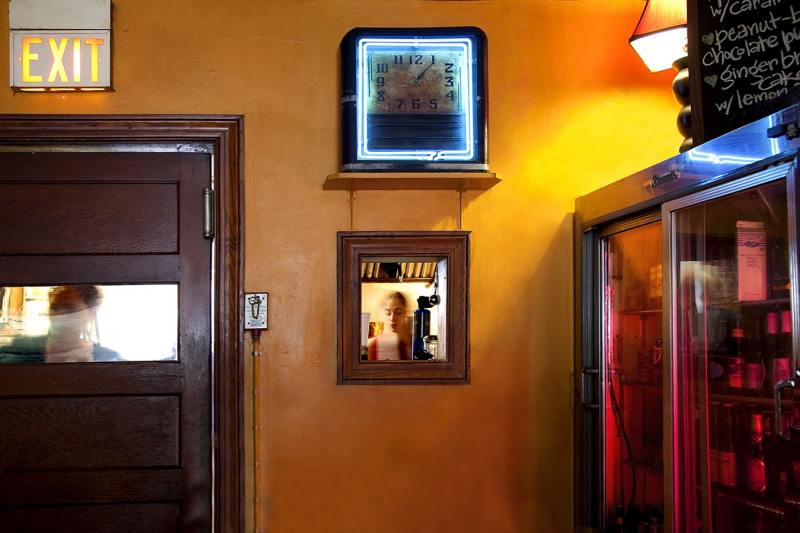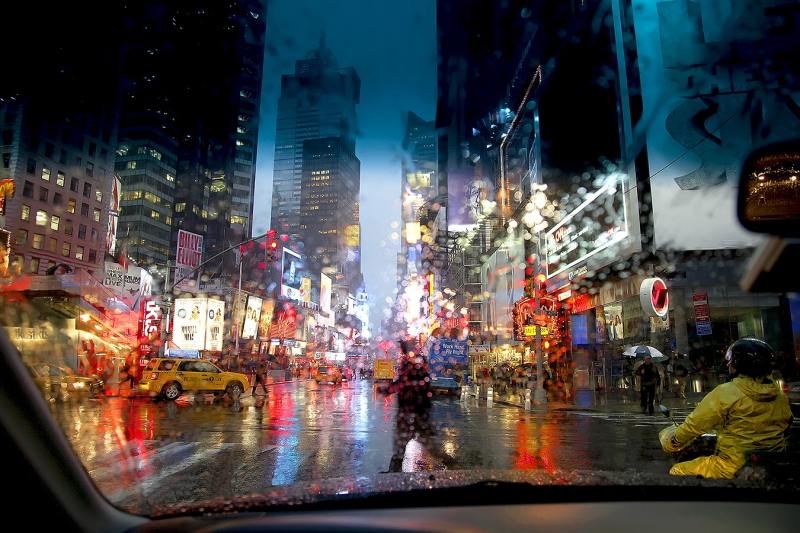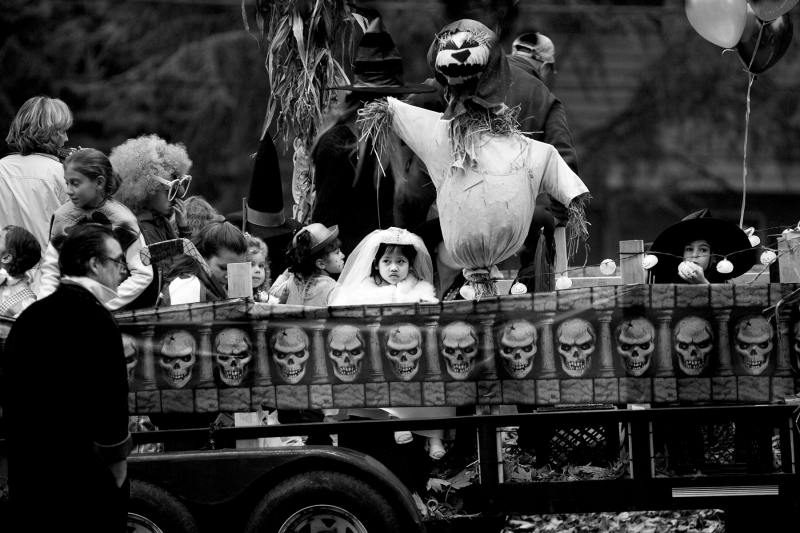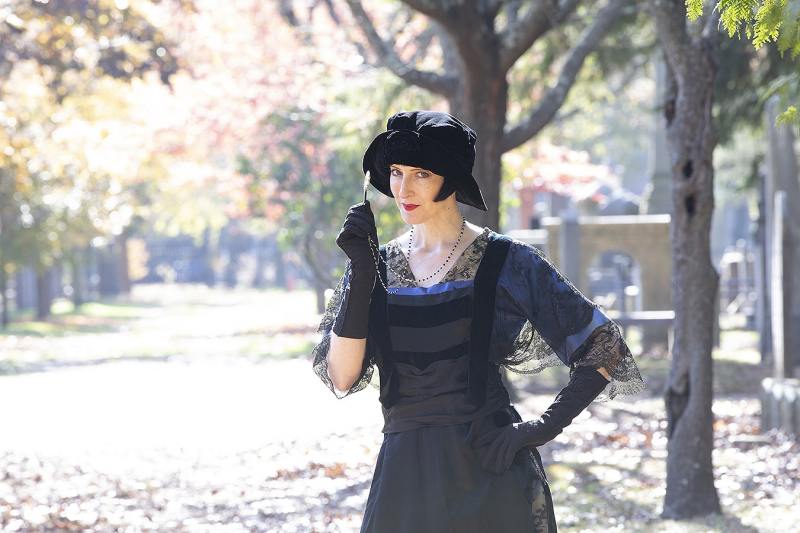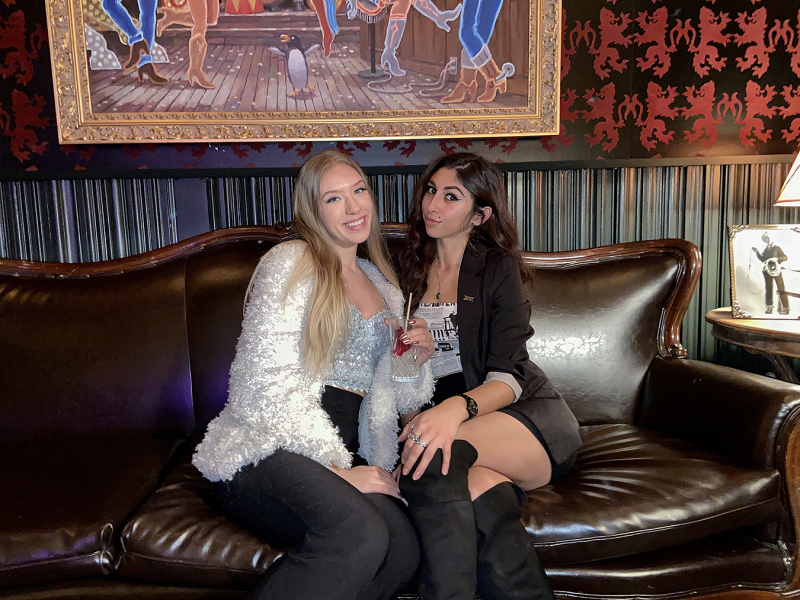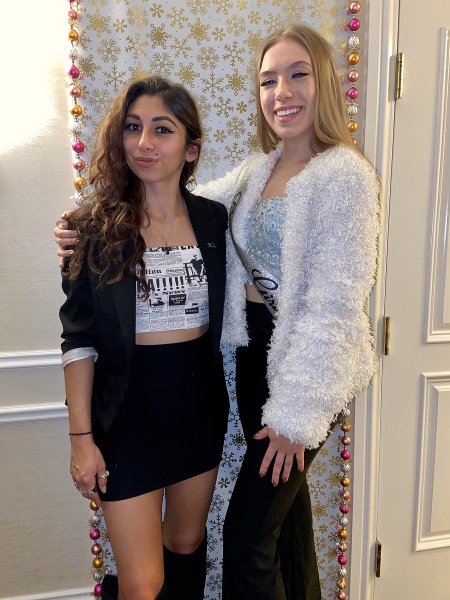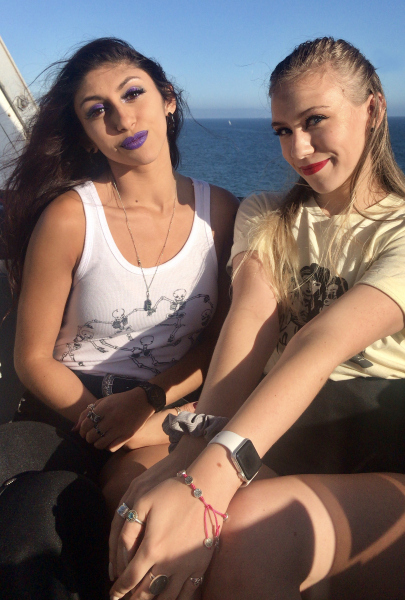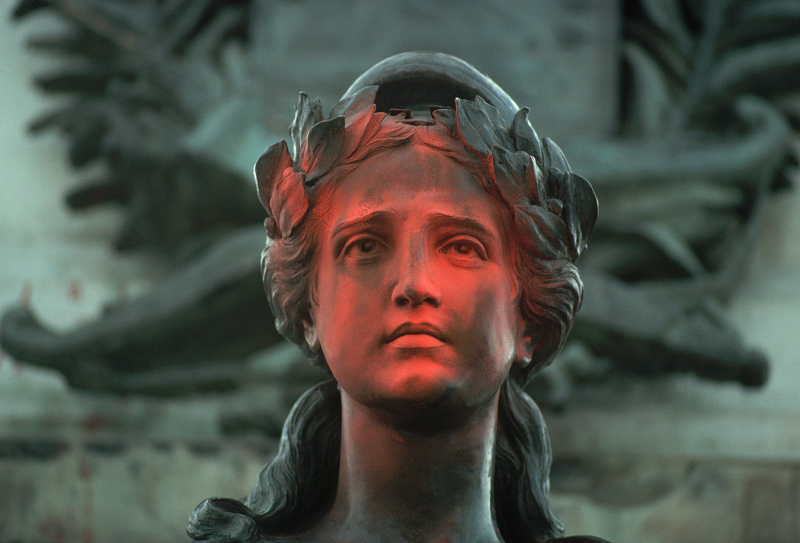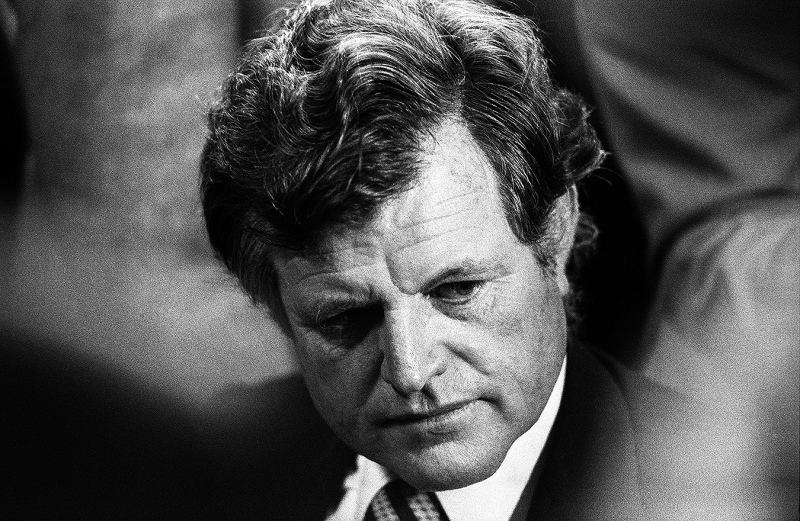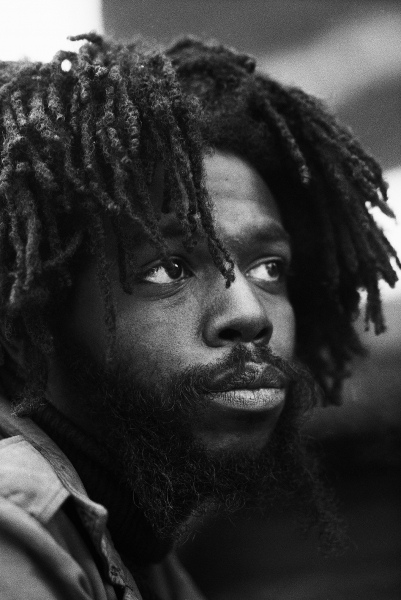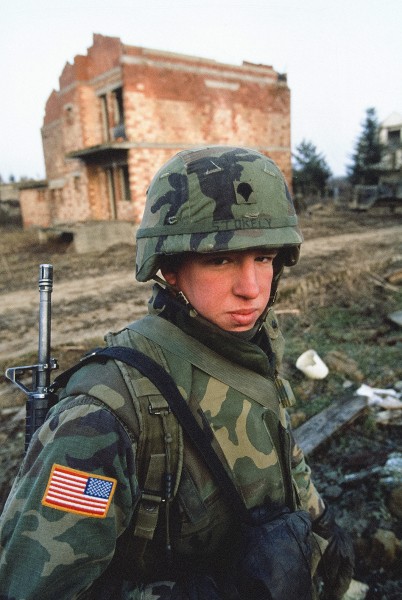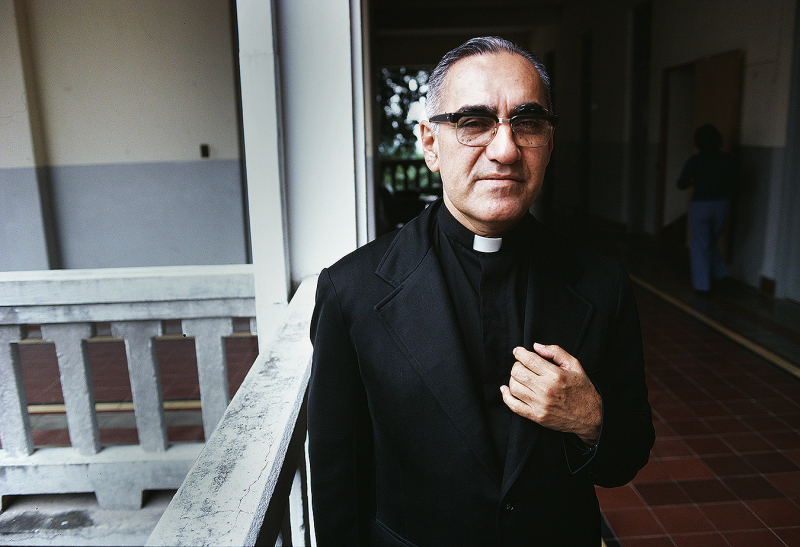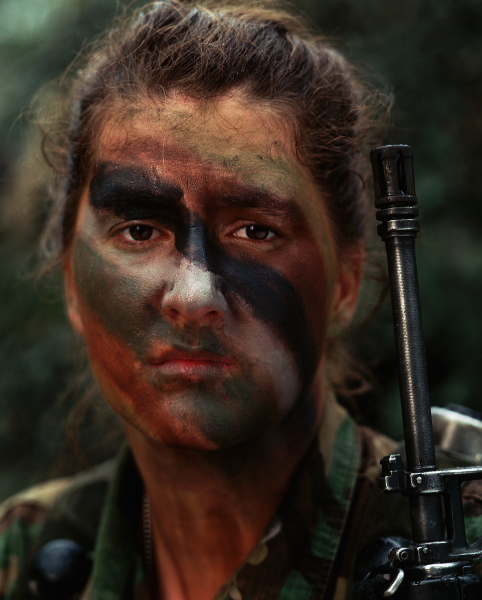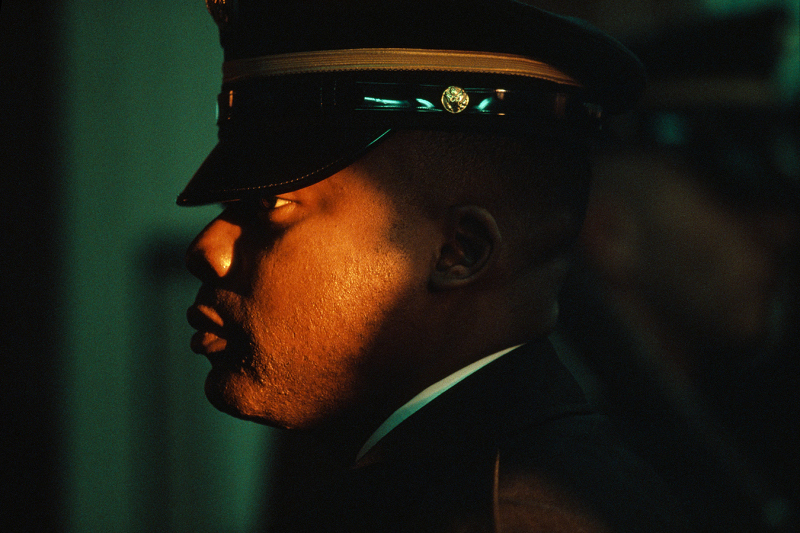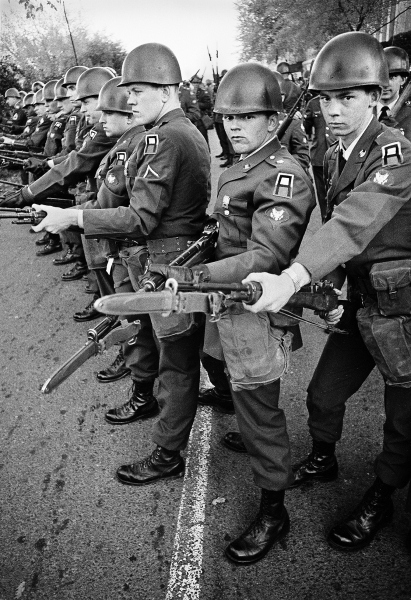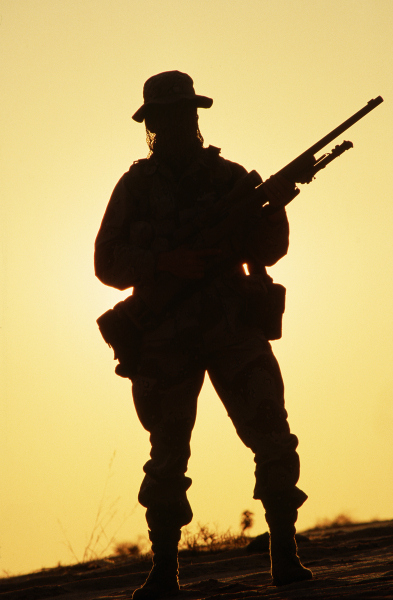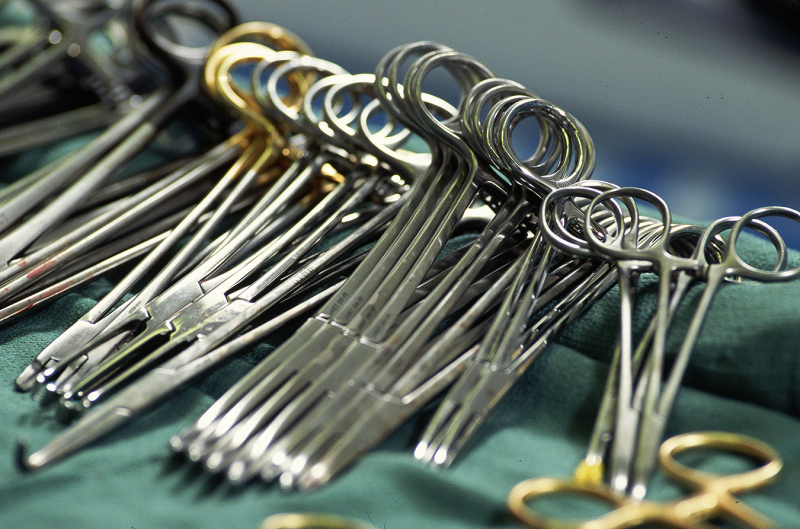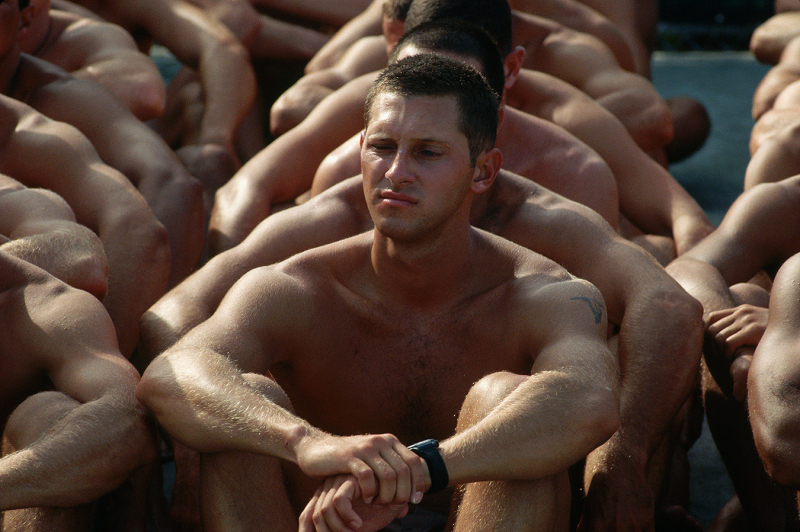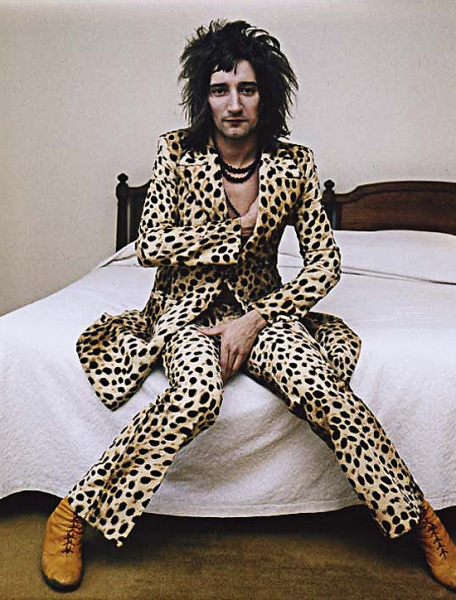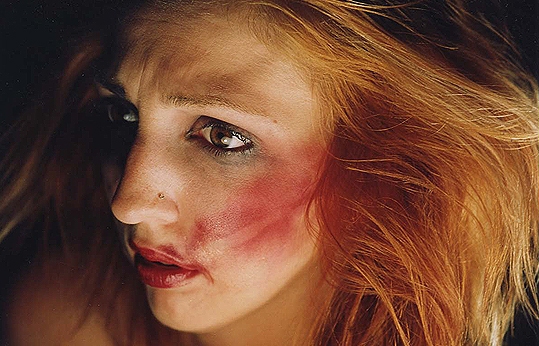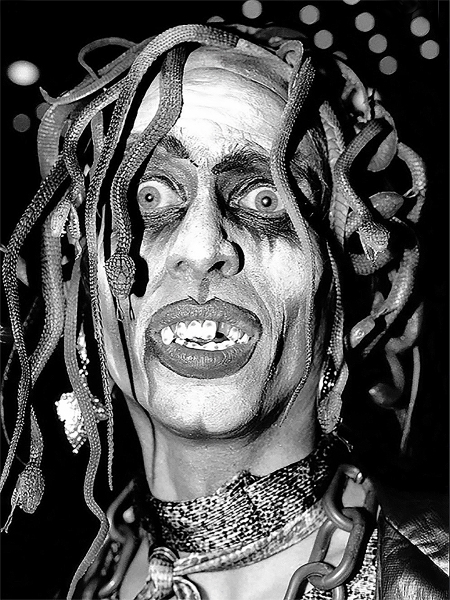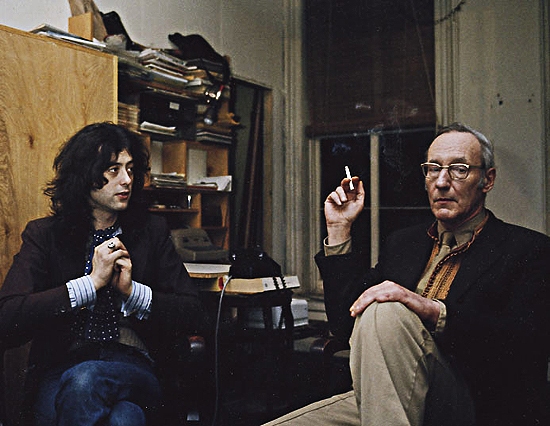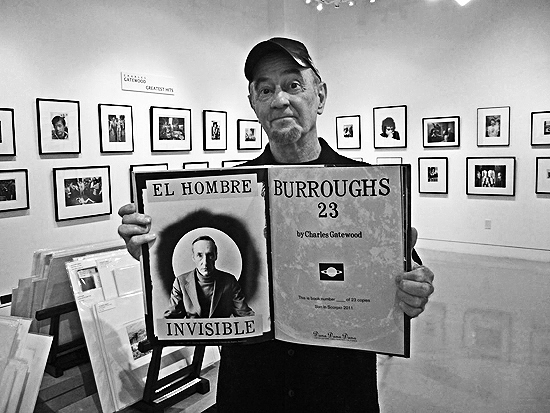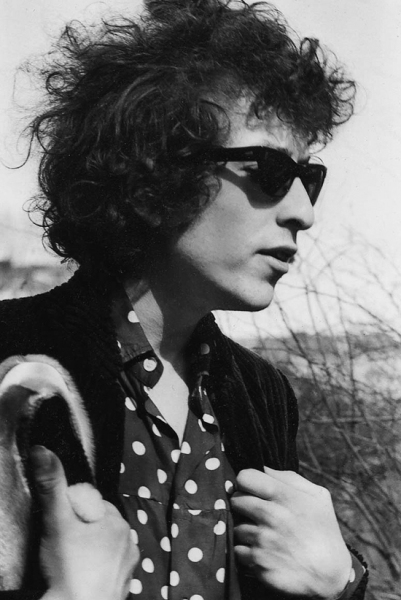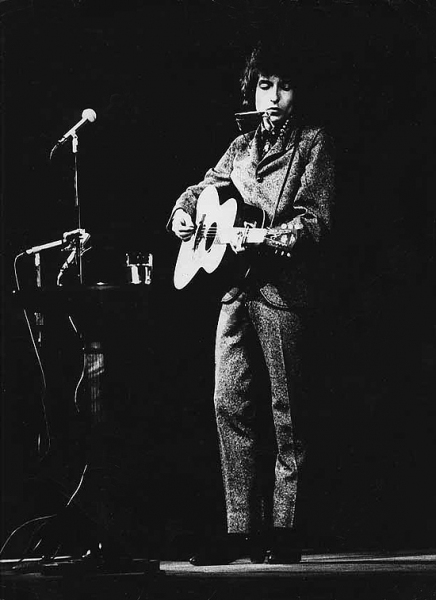
![]()
Kareem Black: Interview
.
TW: Do photographers continue to drop off print portfolios these days to potential clients, or is that way of getting assignments a thing of the past?
KB: I think there is no one way of showing work. I think that these days most photographers do prepared digital presentations on an Ipad or laptop.. I personally really like having a really nicely printed analog book and promo pieces.. one of the reasons I like this technique is specifically because most people aren’t doing it that way. I do also have a digital presentation that can augment the analog stuff. But, at the end of the day, each photographer chooses his or her own way really.
TW: Can a NYC photographer make it without an agent or does word of mouth continue to be an effective business strategy?
KB: I’d say that there isn’t one way for doing these things. I have done both and also a hybrid of both. When I didn’t have an agent, I would hire agents to negotiate my fee once I got a client that was calling and inquiring about a big job. I don’t like to negotiate about my work and then be on set with the same people I was just negotiating with. I like to be the good cop. Also, I think it really helps to have someone on your side that is current on all the legalities and usage ratios and concepts. I take pictures.. I want someone on my team that deals well with all of that other stuff, That being said, I know photographers and other artists that are wildly successful without agents. i’ve just preferred to do it the other way.
TW: What is the responsibility of a photographers agent?
KB: Well, Ideally and most importantly they deal with all the technicalities.. usage, percentages, being the bad cop in negotiations. I want my agents to know more people than i do. I want thoier scope of the politics of the industry to be wider than mine.. or at least different. I want them at the parties im not at. i want them to be working while i sleep ha. Contracts are so complex these days that i NEED them and the team at teh agency to be able to make sense of all the legalese. Agents are meant to make the photographers job easier.. The photographer’s job is to be a photographer.. not a lawyer or any such thing. Photographers are problem solvers and I think it’s logical to delegate the responsibilies that we may not be the best at.I deally the agent is another set or sets of eyes on the photographers work. Sometimes agents see trends in the industry that we as photographers don’t. There are many photographers who have work that begins
TW: Do you own the copyright to your images? Or do you or your agent sign work for hire agreements?
KB: Depends on the usage for the job. In most cases yes, I own the copywrite.. but part of usage negotiations are exactly that. Most of the time it is not an outright buyout in perpetuity.. Clients usually dont do that because it’s costly. Most of the time they negotiate an exclusive arrangement that overs a set amount of time (2 year exclusives seem to be popular). Fun example: I shot a campaign for MGM Grand right before the pandemic hit. there was a two year exclusive on those images.. Meaning, the brand could do whatever they wanted with those images within that time frame. the images were of lots of beautiful people having a good time in the enclosed space of the casino. the pandemic hit and all those kinds of images could not be used.. They just weren’t a realistic portrayal of what the world was like during lock down. Once the pandemic subsided, MGM wanted to used them.. but by this point the 2 year exclusive had expired and they had to pay me my fee AGAIN to use the images! free money is the best kind!
TW: How often do you ask your subjects for model releases and in what context?
KB: Most of my subjects tend to be celebrities or people who we casted specifically for the job. The releases in those cases are handled by the line producer at the agency or magazine. If I’m shooting ” real” people, I generally ask them to sign a release depending on what’s going on on the shoot.
TW: How much can a photographer expect to earn for a billboard ad on Times Square?
KB: Well, its not really calculated in that way. fees are usually a product of usage ( where the ad will run and for how long ) If the ad is running in Times Square, its likely that it is running elsewhere and the usage has some detail in it that says the ad can be used outdoors etc. So, it kind of runs the gamut.. the first as I shot that ran in Times Square I think I was paid just a few thousand dollars.. I got a 70k day rate for another.
TW: Has AI had an impact on your workflow regarding commissioned assignments?
KB: Not in a major way. I do use the Adobe Ai in photoshop on occasion.. “Generative fill” certainly saves time in retouching. I feel that AI is a buzz word that encompases a bunch of stuff.. most of which isn’t “artificial intelligence” and most of which has been with us in some form for a long while.
TW: For celebrities, do you prefer to shoot in studio or location?
KB: Both. Either. All of the above depends on the story that needs to be told.
TW: Who is or was the most influential photographer that inspires your creative ambitions?
KB: Too many to mention really. inspiration is everywhere if you seek it out. I LOVE William Eggleston, Avedon, Guy Bourdin is probably my favorite photographer of all time. I love Kwaku Alston, Terry Richardson, David LaChappelle, Tony Ward, Matthew Salacuse, Brooke Nipar, Guy Aroch and many many others.
TW: If you were to pick one assignment that you’ve had thus far, which one would you say was your favorite and why?
KB: I really think that when I shot the 2017 trade campaign for Viacom that was a really big statement for me. It’s one of the biggest shoots I’ve ever done and one of the most fun. For two weeks I shot in ads NYC and LA for ALL the Viacom properties. Viacom ( now Paramount ) was MTV, VH1, BET, Cartoon Network, Country Music channel etc. the assignment was to shoot one celeb from each property each in complete and subversive situations.. This involved multiple set builds and hundreds of extras.. Lots of moving parts, VERY challenging. This shoot felt like something that I was training for for all of my career. ALL, the skills that i had acquired ended up being used on that shoot. and I love the way the work came out.
TW: You are an excellent karaoke performer. How did you get into it and what do you like most about stage performance?
KB: I’ve learned many life lessons from Karaoke: the concept of selling an idea, getting people on your side, convincing people to be excited about what you’re excited about and finally, being able to just let go! That’s Karaoke. there are many ideas that Karaoke taught me that are VERY applicable to my professional photography. including how to run a set with dozens of people on it. Being a photographer can sometimes be like being on stage!
I got into Karaoke through a friend of mine named Chris Goldteeth, who ran a party here in the city on the Lower East side called Karaoke Killed the Cat. It was an amazing party and we even went on a world tour in 2007!
TW: If you were to make a comparison to your photography business and your chess game, what is your next move?
KB: Chess has long been seen as a game that is a measure of intellect and intelligence. This is NOT true. Many chess players are idiots. Chess is more about pattern recognition and prioritization.
Chess teaches us to be creative in our solutions and being able to think and put yourself in your opponents shoes.. In that way, chess teaches a form of empathy. Chess also teaches patience.
In chess, one should never make a move without a reason. Good chess is very efficient that way. Energy and time should not be wasted on extra actions. When it comes to my career, I think many of these principles apply. I think I’ve played a good game so far. I think the overall strategy is: identifying patterns and trends, applying knowledge you have learned from past games and being aware of how they fit into the games of today and being able to adjust actions to fit current circumstances. Chess theory grows and evolves over time. Yhe more we learn , the more novel concepts are introduced into the game. We must be flexible and tolerant of new ideas.. This applies to chess, life and photography.
.
To access Behind The Scenes videos of the Kareem Black feature, check out our new YouTube channel here:










